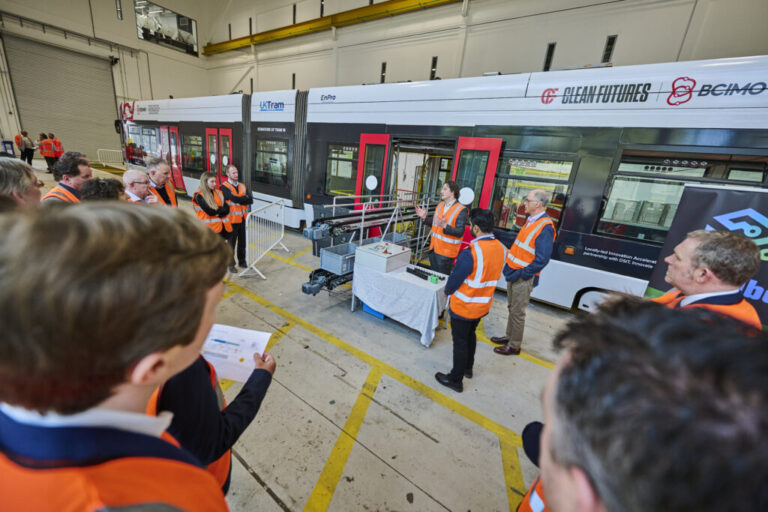
Hundreds of delegates gathered at the ICC in Birmingham on 19th March for the Midlands Aerospace Alliance (MAA) annual conference. An introductory speech from Andy Street, Mayor of the West Midlands celebrated the success of the region in attracting not just overseas investment, but more graduates from London than any other part of the UK. Noting that delegates had travelled into Birmingham from all over the country and overseas, the Mayor apologised for the current disruption in the city centre, but promised that next year, Birmingham will be the better for all the ongoing investment in its infrastructure.
Simon Burr, Rolls Royce’s Director of Engineering and Technology in Civil Aerospace then gave the audience plenty for food for thought, describing how Rolls Royce (RR) currently have 13,000 engines in service throughout the world, powering 35 different types of aircraft. With an in-service life of around 70 years, Simon explained how RR need their suppliers to support them throughout this life span of an engine, with reliability and durability out of the box being key. Given that only 20%-30% of what RR produce is actually made in-house, it was obvious to the audience how important supplier relationships are.

With their airline fleet expected to double in the next ten years, and aerospace being responsible for 2% of global CO2 emissions, Simon described the demand for clean, safe and efficient power, with some of RR’s latest engines saving 20% of fuel burn compared to earlier models. RR are also looking at ways in which waste products could be used to provide jet fuel.

Physical-digital convergence is another key industry trend, with terrabytes of data from aircraft giving new insights into engine performance and cultural differences between pilots’ behaviour on take off and landing emerging. While RR continue to optimise the performance of their gas turbine engines, another key area of focus is electrification. As the industry develops this technology over the next ten years, we can expect to see small regional airports, and then larger regional airports welcoming hybrid or fully electric airplanes. A silent take off or landing would be a novel experience for both passengers and those on the ground!
(Author: Jane Holmes, IAWM)





